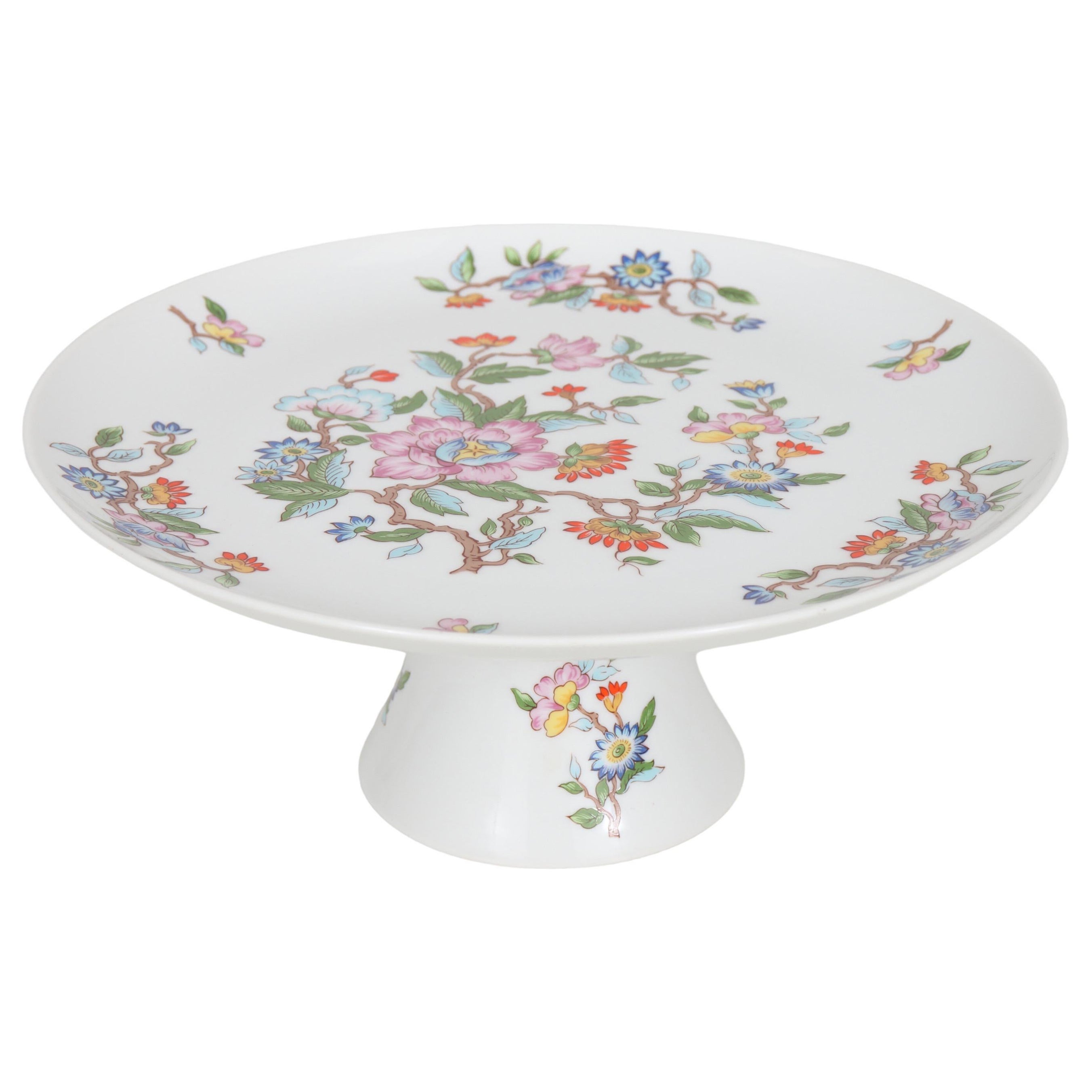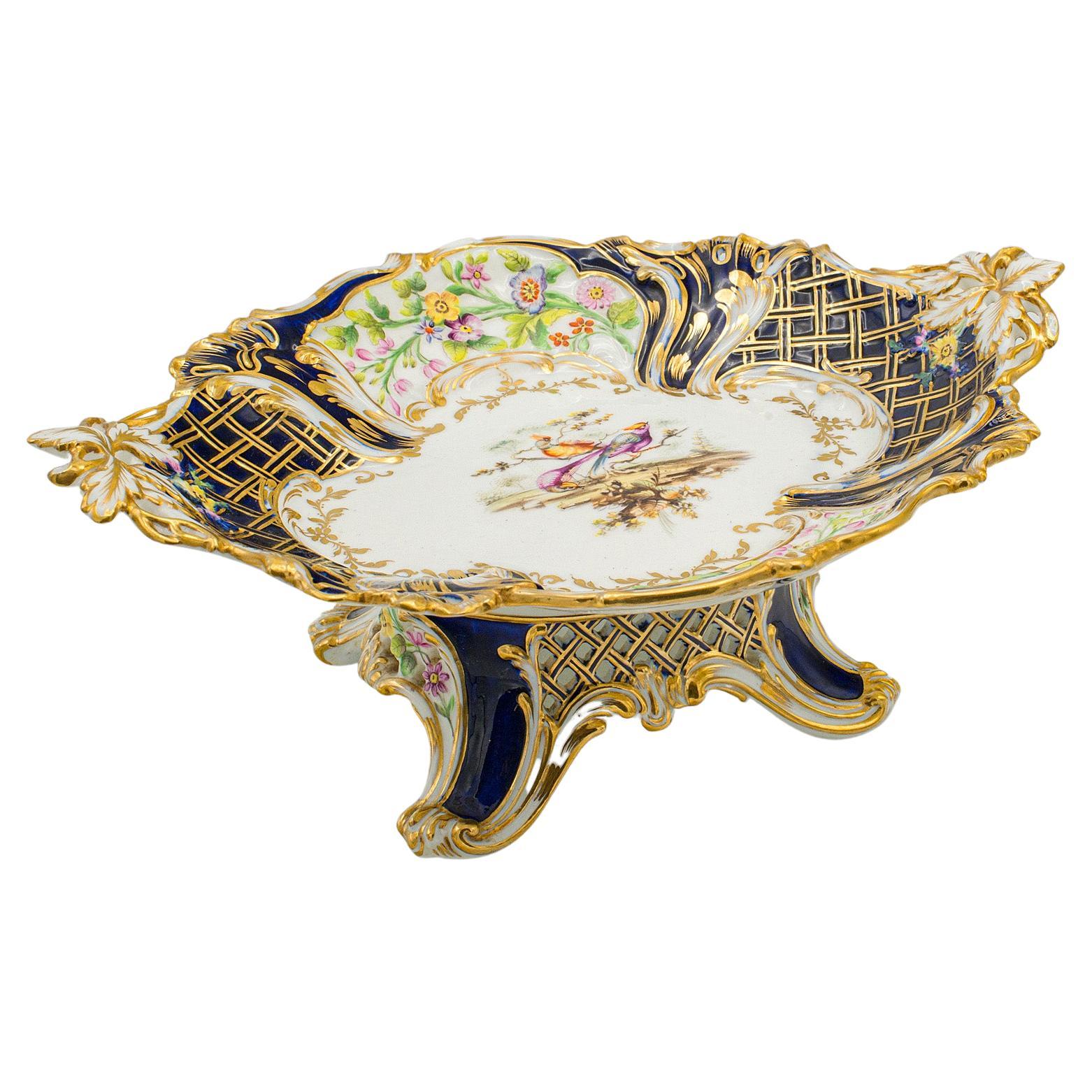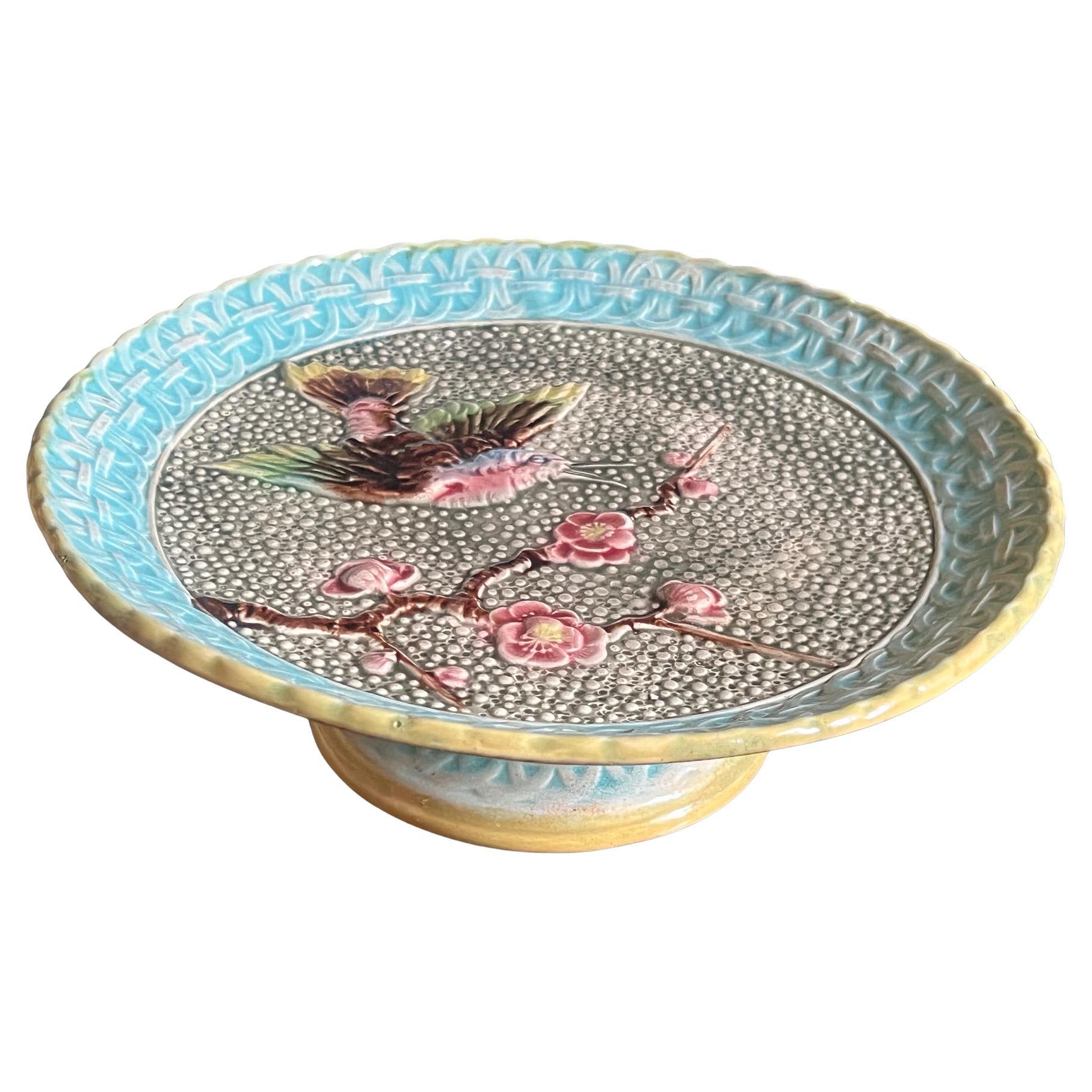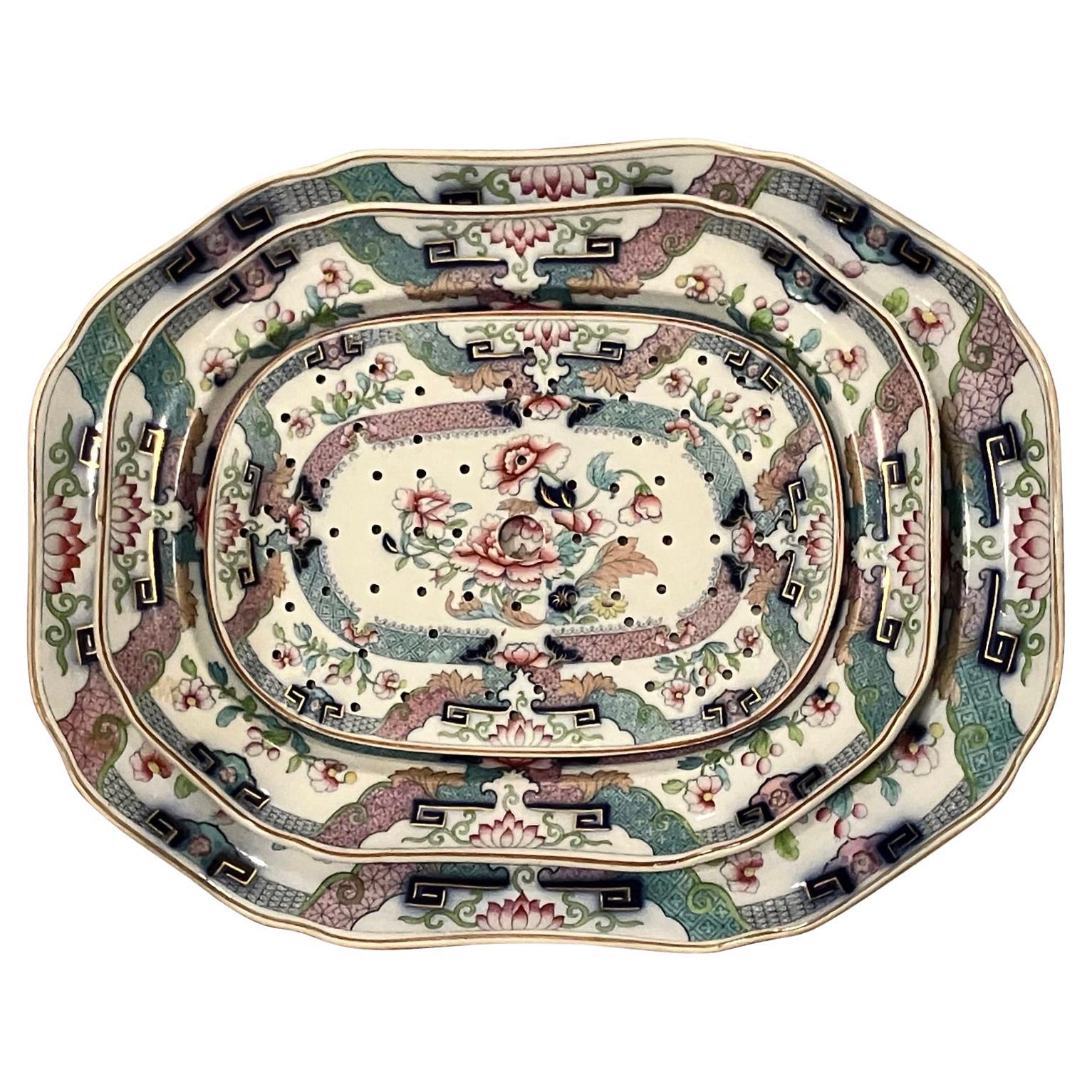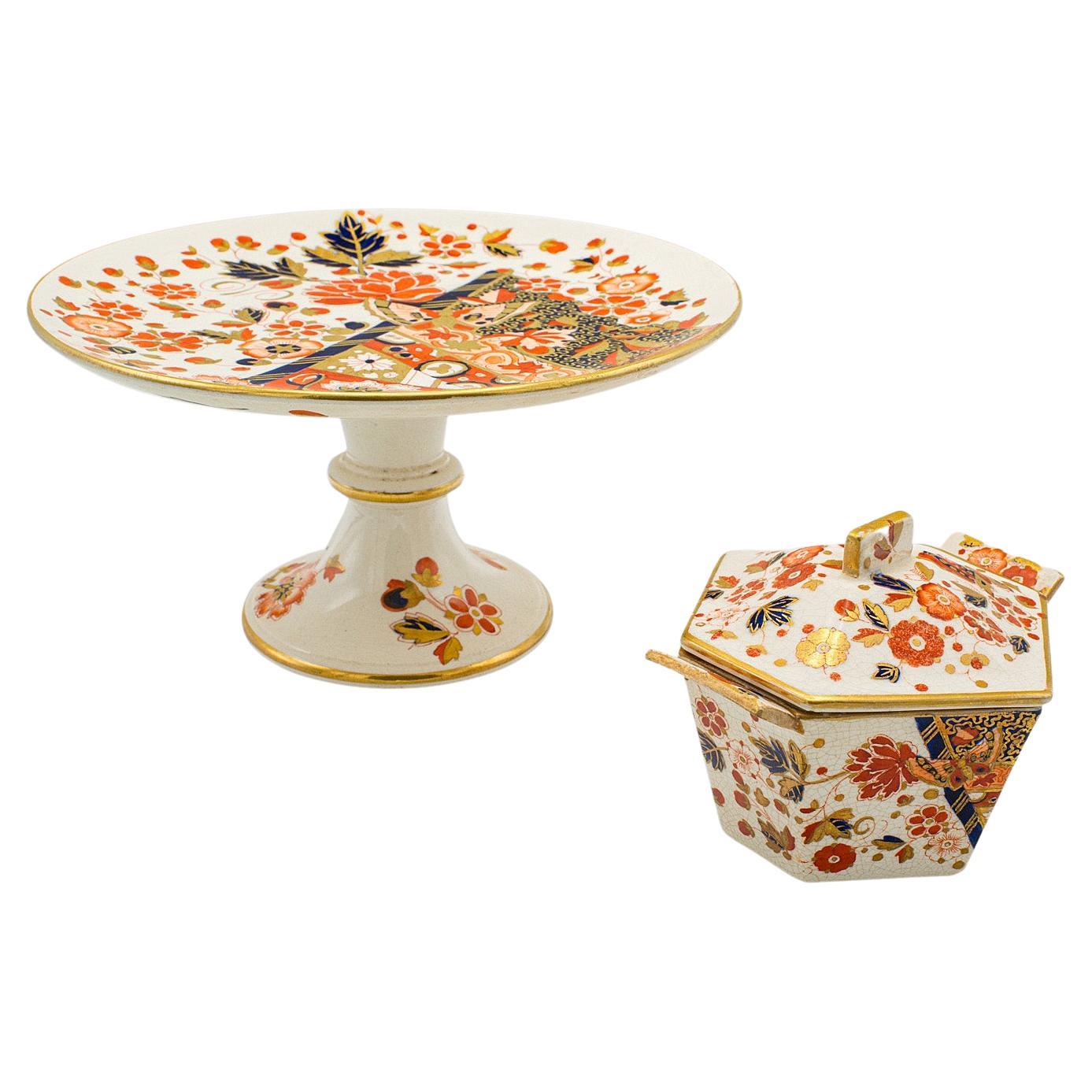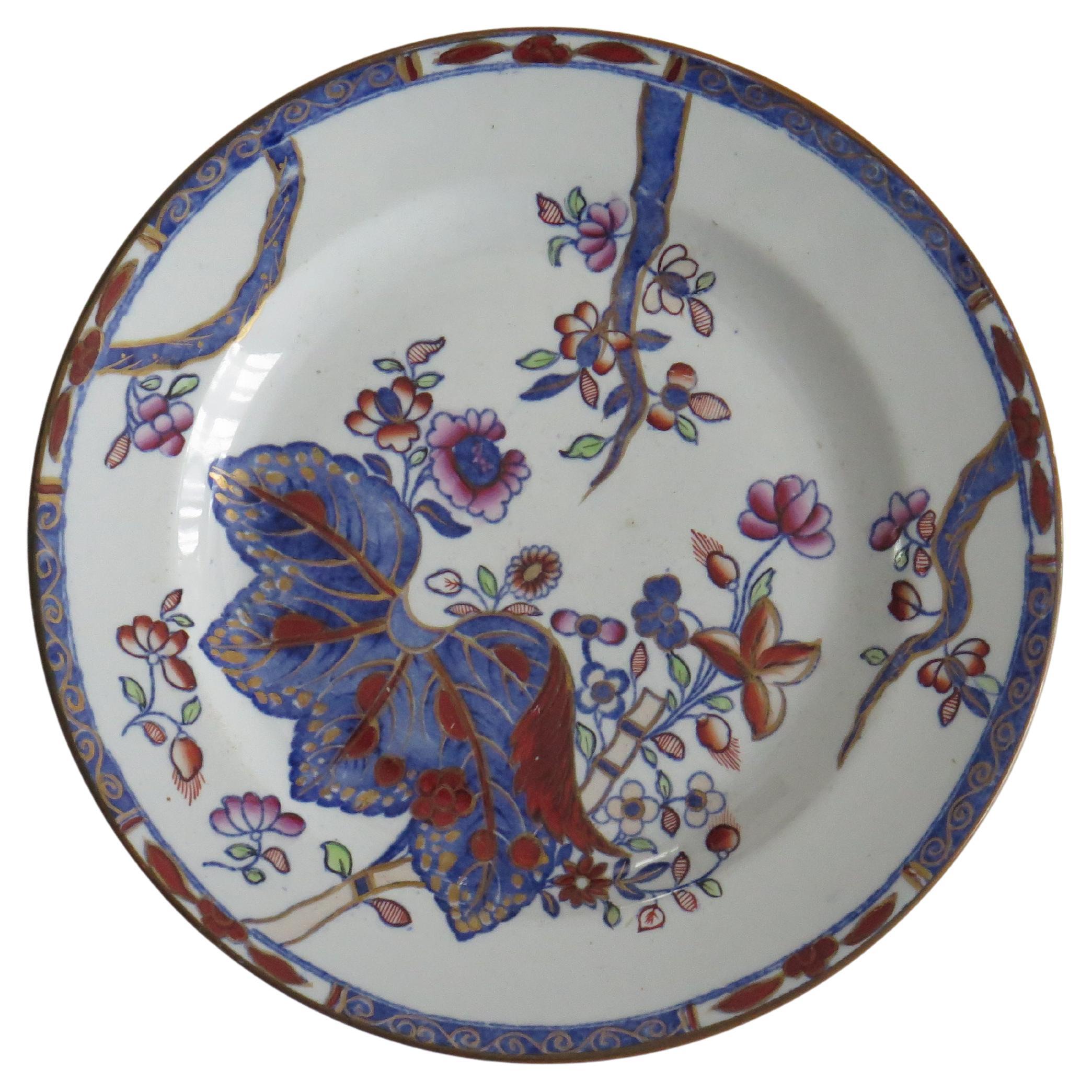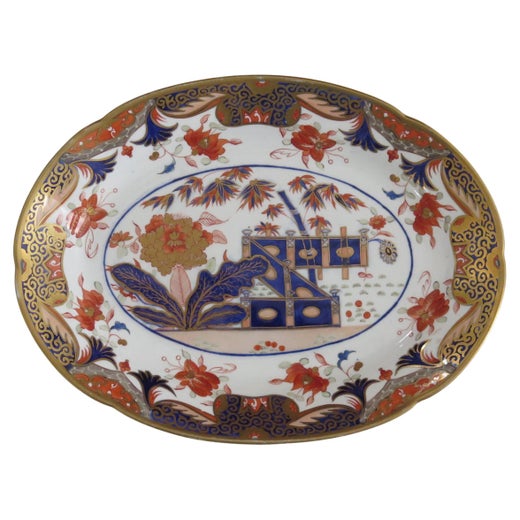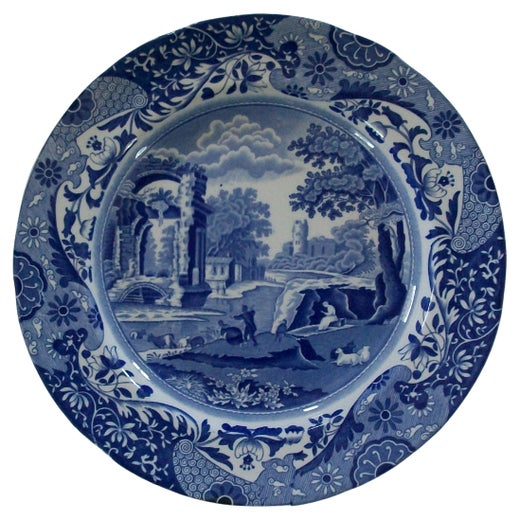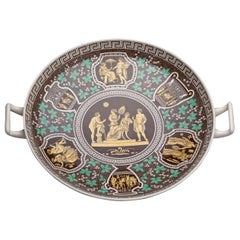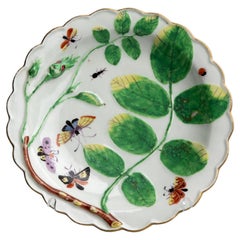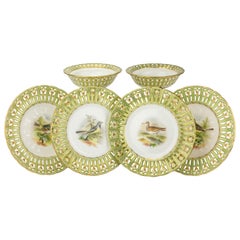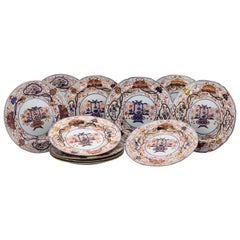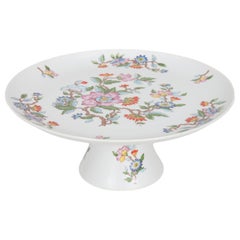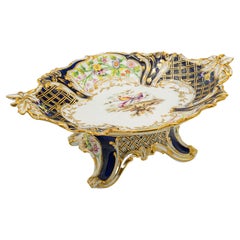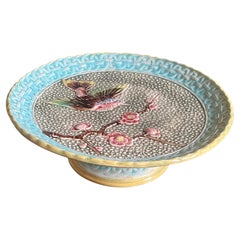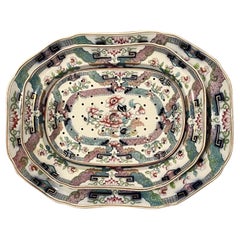Copeland Spode Aesthetic Movement Comport or Cake Stand
About the Item
- Creator:Copeland Spode (Maker),Spode (Maker)
- Dimensions:Height: 4 in (10.16 cm)Diameter: 8.5 in (21.59 cm)
- Style:Aesthetic Movement (Of the Period)
- Materials and Techniques:
- Place of Origin:
- Period:
- Date of Manufacture:1870s
- Condition:
- Seller Location:Fort Lauderdale, FL
- Reference Number:Seller: 2024.3.21stDibs: LU5643240248682
Spode
Spode is one of the oldest and most distinguished of the great pottery companies of Staffordshire, the time-honored home of English ceramics. The firm’s blue and white bone china transferware is a timeless classic. Spode dishes compose the sort of elegant dinner service that most of us envision on a traditional holiday table.
The company was established in 1770 in Stoke-on-Trent by Josiah Spode, a friend and neighbor of another estimable English ceramist, Josiah Wedgwood. The Wedgwood firm first came to prominence for its tableware, which quickly gained favor in aristocratic households throughout Britain and Europe.
Spode was particularly known for two technical achievements in the firm’s early decades. The first was to develop a standard formula for the making of bone china — a type of porcelain (made with a mixture of bone ash, minerals and clay) that is dazzlingly white and so strong it can be used to create very thin translucent plates and vessels.
The other advancement was to perfect the making of transferware. That process involves the transfer of pictorial images inked on tissue paper — such as the garden scenery in the famous Willow dish patterns — onto ceramics that are then sealed with a glaze.
From the 1820s onward, Spode enjoyed tremendous success both in Britain and elsewhere owing to the beauty and vitality of its decorative imagery. By some counts, Spode created more than 40,000 patterns in the 19th century.
In 1833, following the sudden death of Josiah Spode III, business partner W. T. Copeland took over the company and changed its name to Copeland Spode (it later changed again, this time to W. T. Copeland and Sons). Collectors regard Copeland-marked pieces as Spode china. The Spode brand was revived in 1970.
Many favorite Spode patterns — among them Blue Italian, Indian Tree, Greek and Woodland — date to the company’s early years. Spode’s most popular pattern, Christmas Tree, was introduced in 1938.
Prices for antique and vintage Spode china vary widely, based on the size of the service, its condition and the pattern. An antique dinner service for 12 people or more, in good repair and complete with cups and serving dishes, will generally cost between $10,000 and $20,000. Such Spode services become heirlooms — a proud and timeless addition to a family’s table. And as you will see on these pages, Spode’s rich and varied wares offer a visual feast in and of themselves.
Find Spode serveware, ceramics and decorative objects on 1stDibs.
Copeland Spode
Steeped in British history and tradition, the name Copeland Spode is renowned among porcelain collectors for its fine-quality bone china and earthenware pieces. With its roots in Spode — one of the oldest and most distinguished of the great pottery companies of Staffordshire, the time-honored home of English ceramics — Copeland Spode is known to pottery enthusiasts for some of the most timeless and recognizable patterns produced in 19th and early 20th-century porcelain manufacturing such as Wicker Lane, Chinese Rose and Tower. Collectors regard Copeland-marked pieces as Spode china.
The story of Copeland Spode china began in 1770 when English potter Josiah Spode founded a pottery and homewares company called Spode in Stoke-on-Trent, England. Within fifteen years, the manufacturer became known for its signature blue-on-white palette, and one of the company’s designers developed a specific cobalt hue for their teapots, trays, bowls and more. Spode’s founder was particularly revered for two technical achievements in the firm’s early decades. The first was to develop a standard formula for the making of bone china — a type of porcelain (made with a mixture of bone ash, minerals and clay) that is dazzlingly white and so strong it can be used to create very thin translucent plates and vessels. The other was to perfect the making of transferware.
In 1833, entrepreneurs William Taylor Copeland (the Lord Mayor of London at the time) and Thomas Garrett purchased Spode’s pottery-making company following the death of Josiah Spode III, and the name was changed to Copeland Spode. Then, in 1847, Copeland became the firm’s sole owner and the name changed again, this time to W. T. Copeland and Sons, in 1867 when Copeland retired and his four sons took over the business.
Trading as W. T. Copeland and Sons throughout the mid-to-late 19th century, the company found a formidable competitor in another well-known porcelain maker, Minton. Many of the manufacturer’s Georgian, Rococo and late-Victorian pieces such as its dinner plates, tableware, platters, bowls and baskets were commissioned by wealthy British and European clients and exported for sale throughout the British Empire and to the United States. Several of W. T. Copeland and Sons’ spectacular pieces were exhibited at the Great Exhibition of London in 1851 and the International Exhibitions of London and Paris in 1862 and 1878, respectively.
In addition to their exceptional quality and design, the company’s ceramics were particularly prized for their intricate patterns which featured a variety of colors. For instance, its popular Tower pattern was available in a pale ultramarine blue, a darker Royal Saxon blue, rose pink, brown and green.
The company continued as W. T. Copeland and Sons until 1970 when Spode again became the brand's name. Afterward, during the late 1970s, Spode, Royal Worcester and Palissy came under common ownership. In 2009, the firm was purchased by the Portmeirion Group. However, the Spode and Royal Worcester names continue to flourish as highly popular “traditional English heritage” brands within the Portmeirion company.
Find antique Copeland Spode serveware, decorative objects and more collectibles on 1stDibs.
- ShippingRetrieving quote...Shipping from: Fort Lauderdale, FL
- Return Policy
More From This Seller
View AllAntique Late 19th Century British Neoclassical Revival Pottery
Earthenware, Pearlware
Antique 1770s English Rococo Porcelain
Porcelain
Antique Mid-19th Century British Victorian Tableware
Porcelain
Antique Early 19th Century English Regency Dinner Plates
Ironstone
Antique Late 19th Century English Japonisme Pottery
Earthenware, Majolica
Early 20th Century French Art Nouveau Ceramics
Ceramic, Porcelain
You May Also Like
Mid-20th Century Japanese Ceramics
Porcelain
Early 20th Century British Edwardian Ceramics
Ceramic
Antique Late 19th Century English Late Victorian Ceramics
Ceramic
Antique 1840s English Early Victorian Platters and Serveware
Gold
Antique Late 19th Century British Late Victorian Ceramics
Ceramic
Antique 19th Century English Chinoiserie Ceramics
Ironstone
